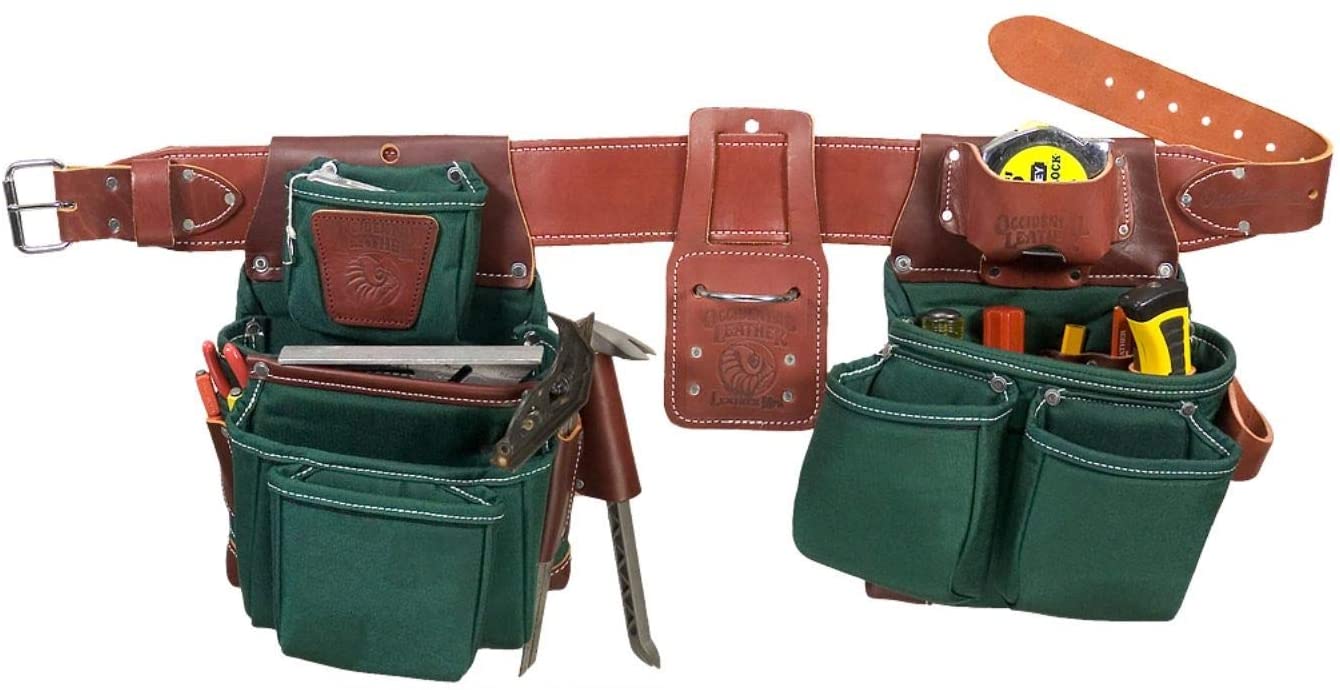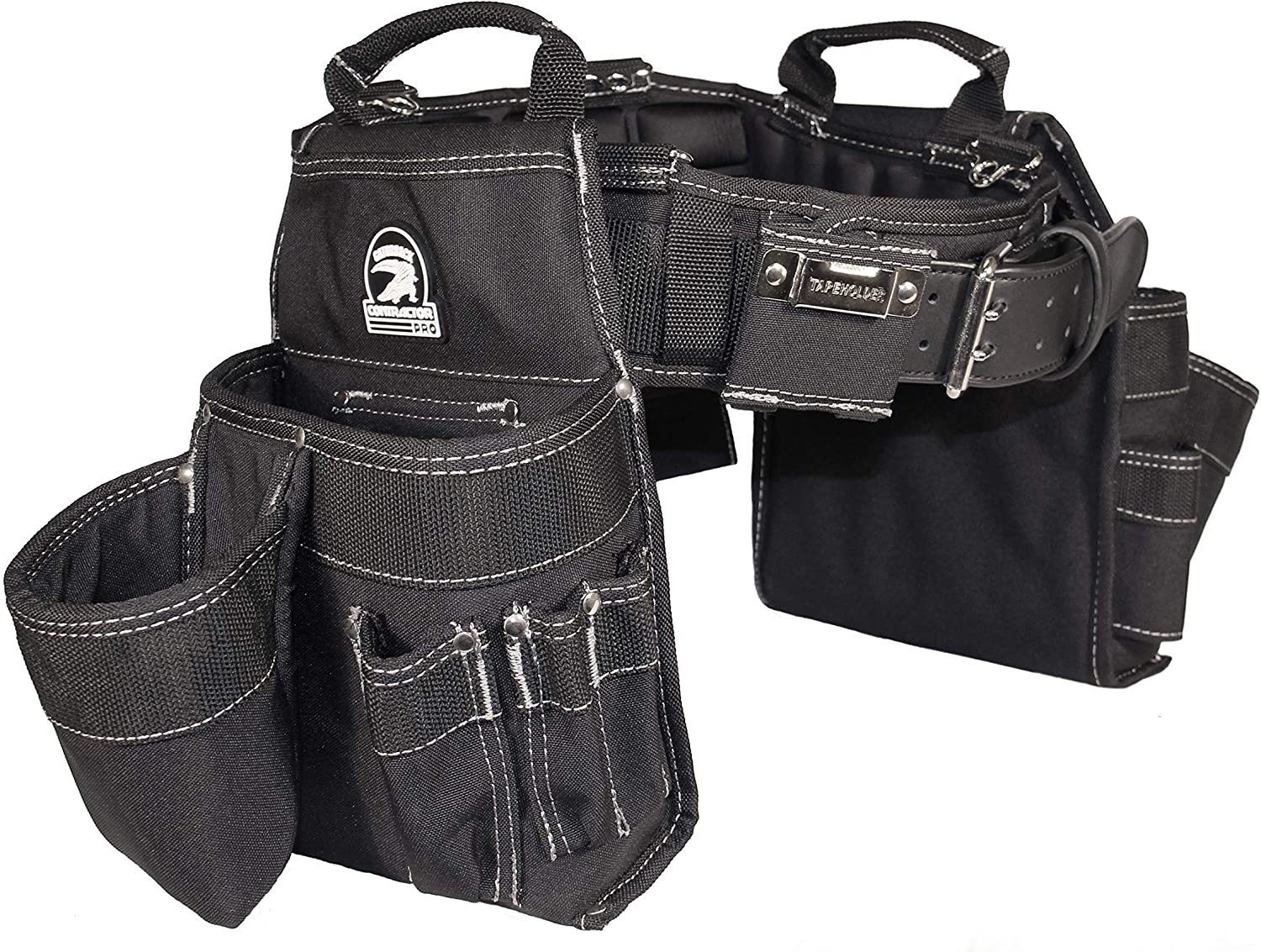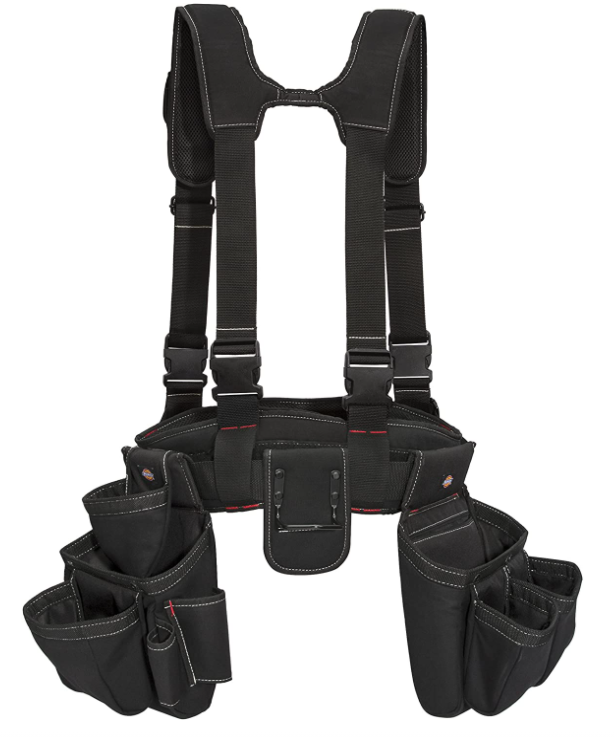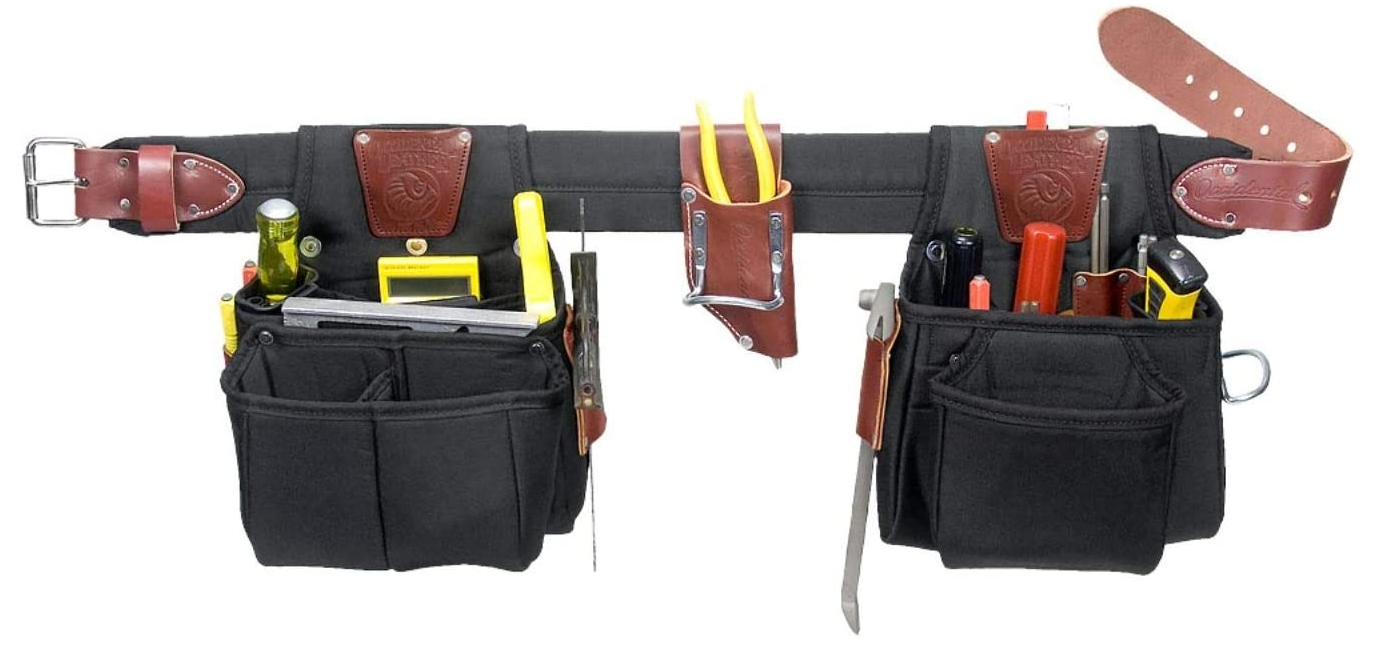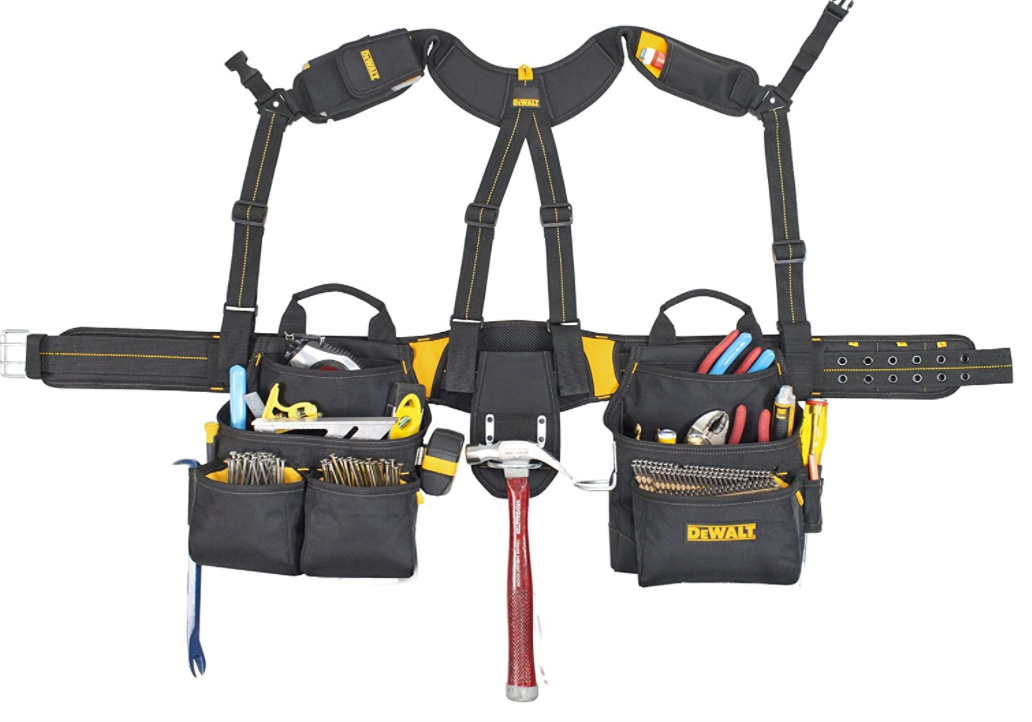You might have heard the term BIM, either in our articles, in passing, in a conversation, or maybe you use BIM on your construction projects. In the last decade, a lot of changes have been on the horizon in the construction sector. The digitalization of the industry, and constant update on new ways to get and use data on the market. The most popular has to be Building Information Modelling (BIM). Some of our readers are not yet BIM enabled, and not considering implementing BIM in their operations in the near future. I don’t think this article will change the way you do business, let’s be realistic, but I hope that it will make you consider planning to implement the technology. Building Smarter Building Information Modelling is , in essence, a methodology. It is a method of communication present throughout the building process, from the pre-construction phase, to the post-construction services. In its ideal form, it seeks to eliminate the need for Requests for Information (R...
- Get link
- X
- Other Apps


